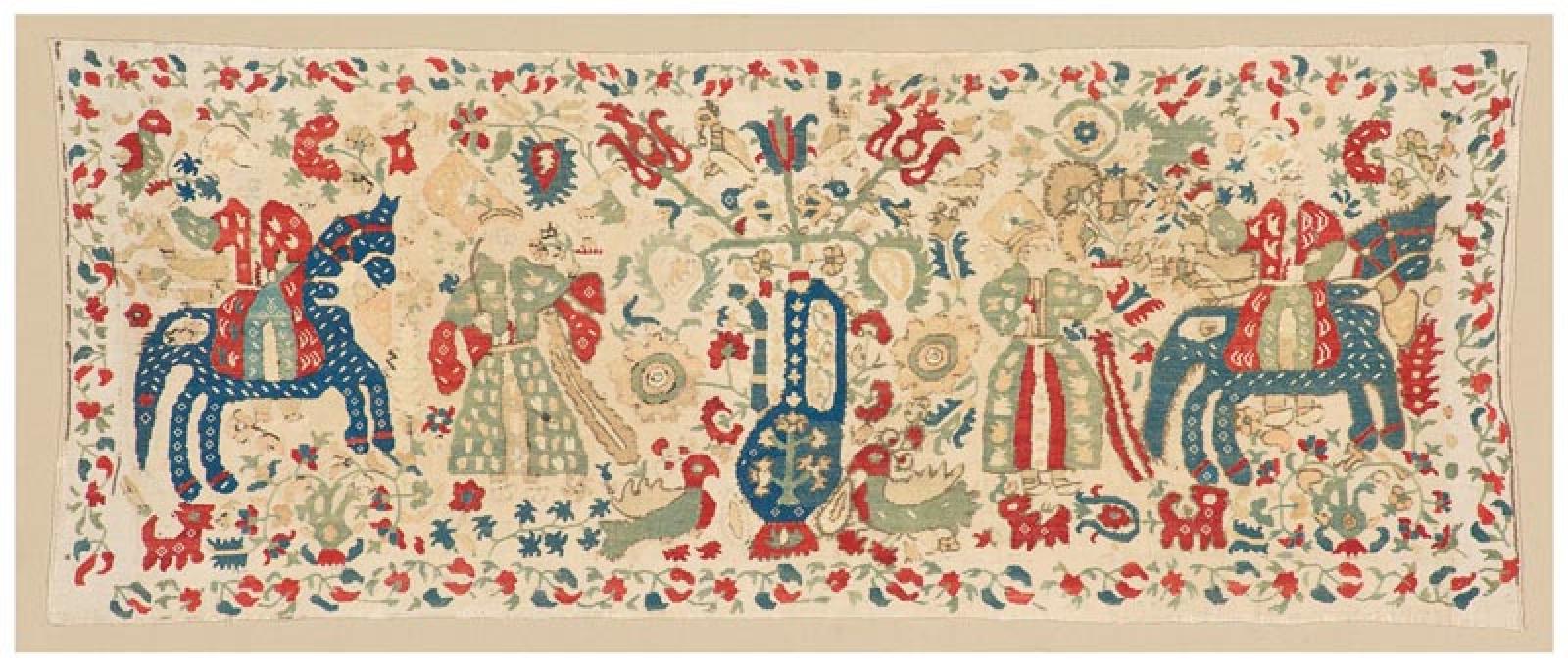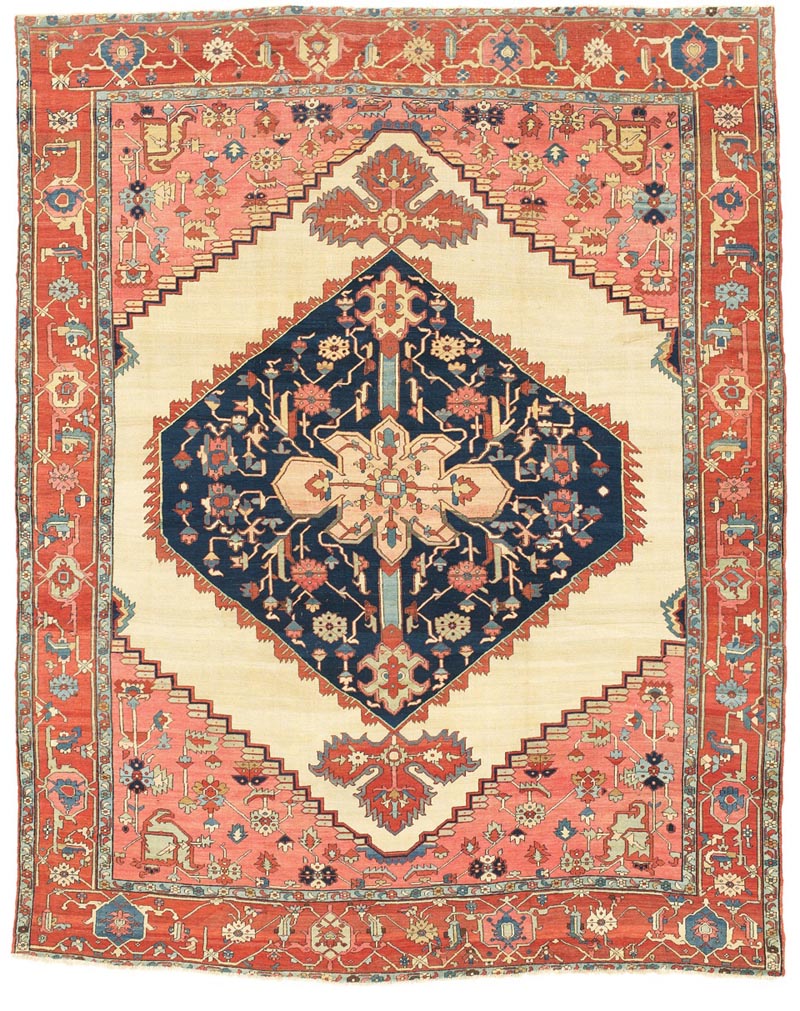Peter Pap buys and sells art you can step on.
“It was rather by chance that I ended up an Oriental rug seller,” he said. “I simply started by working as an assistant at a store in Boston.”
Now 38 years after his immersion into the world of antique and Oriental rugs, Mr. Pap works as a buyer and seller, and as a guest appraiser for PBS’s Antique Road Show. He has galleries in San Francisco and New Hampshire. And next week Mr. Pap will bring his expertise to Martha’s Vineyard. On Tuesday, August 14, he will give a lecture at the Polly Hill Arboretum, and on Wednesday and Thursday he will offer a trunk show with about 100 rugs for sale at the arboretum.
“I’m very excited to be going to that venue. The rugs will be incredibly beautiful in that setting – hung around outside.”
The rugs he works with are all pre-20th century works, unaffected by the sweeping commercialism that eventually consumed the area in which the rugs were crafted; namely Iran, Turkey, Afghanistan, Russia and China, to name a few.
“The antique rugs inspire me because they are a kind of window into a culture that no longer exists,” he said. “A lot of them were made by nomads or villagers. Individuals. I’m always gravitating towards rugs that especially reflect a weaver’s creativity.”
Weaving is no simple craft and weavers are considered artists. “When most people think of Oriental rugs, they think of an extremely symmetric, floral rug with no idiosyncrasies.” But Mr. Pap’s rugs are far from cookie-cutter replications. “They tend to be more whimsical, more geometrical, more stylized and have asymmetry because they’re handmade and one-of-a-kind.”
Large antique rugs can weigh anywhere from 40 to 100 pounds. Smaller rugs can be as light as five pounds. They are compact and intricate and they’ve withstood the test of time to remain beautiful and valuable. “Buying a rug becomes a significant investment,” Mr. Pap said. “You’re buying something that has intrinsic value. It will hold its value over the long run the same way a work of art does.”
The rugs are considered products of their creator’s visions. “When a weaver was weaving a rug, they were essentially making their own garden — producing their vision of paradise,” said Mr. Pap. “Trees and gardens, water channels. More often than not, the color and the vibrancy that are in the rugs is much greater than the actual color that [weavers] were surrounded by. A lot of the areas they lived in were very arid, dry, hot areas that didn’t have a lot of greenery.”
The colors in the rugs, though depicting imaginary scenes, were achieved with natural dyes. When Mr. Pap speaks at the Polly Hill Arboretum, he will discuss the natural elements used in rug-making.
“We are going to focus on plants that were used to create the beautiful natural dyes,” he said. “We’ll also talk about the types of plants, trees and flowers that are depicted in the rug designs.”
Anyone interested in buying rugs will have the opportunity to test the rugs in their home overnight to discover whether it is a good fit for the existing environment. And when the fit works, it is quite the asset, according to Mr. Pap.
“They are really great compliments to art collections,” he said. “It’s an opportunity to put art on the floor.”
Peter Pap’s talk entitled Antique Rugs: A Walk Through the Garden takes place from 5 to 6 p.m. at Polly Hill Arboretum. Following his talk there will be a reception to preview rugs for the benefit trunk show and sale to be held at the Arboretum on August 15 and 16. A portion of all rug sales from the trunk show will benefit the Arboretum. For details, call pollyhillarboretum.org.







Comments
Comment policy »